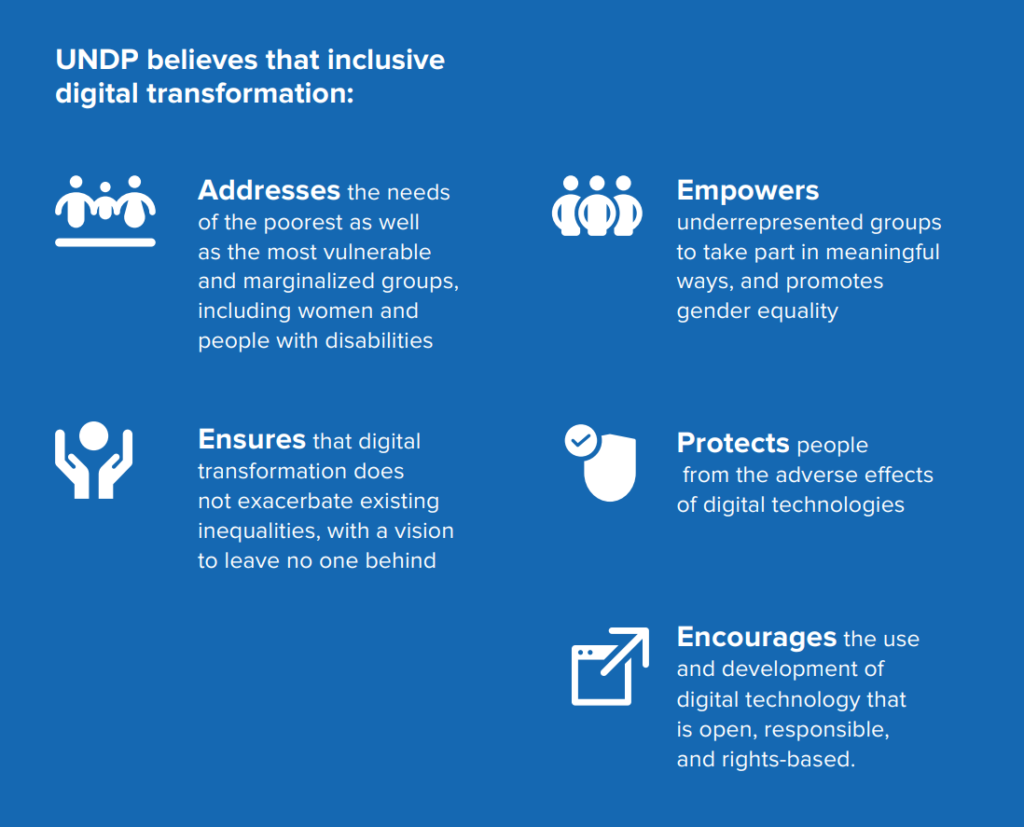
“Beyond the Bubble Bath,” Self-Care Must Be Rooted in Science To Build Trust Among Consumers – HealthPopuli.com
The goal of self-care for health-making is to improve lives by scaling health-and-wellness accessible to all, Bayer believes, giving people more control over their personal health.
Self-care work-flows must be based in science to ensure products and services are trusted and deliver on their clinical promise, Bayer explains in Science-Led Self-Care: Principles for Best Practice, a paper published this week which the company intends to be a blueprint for the industry.

Bayer recognizes that self-care is growing among health consumers around the world — albeit underpinned by peoples’ cultures, demographics, and “readiness” to take on the health/care work.
The Global Self-Care Federation developed a Readiness Index that assesses an individual’s willingness and inclination to adopt self-care. In conducting the research to build the Index, the Federal recognized several factors that influenced a person’s readiness to engage in self-care, such as basic health education, community-based multidisciplinary care teams that would support peoples’ self-care, and the role of traditional and complementary medicine which in many cultures “is” medicine that’s valued and trusted.

There are five elements of science-led self-care, shown in the wheel diagram: these are.
- The science of the human, focused on understanding unmet human needs that consumers recognize and respond to.
- The science of (robust) regulation, ensuring that safety and efficacy, transparent communication, and accurate labeling and claims are part of every product’s commercial pathway.
- The science of collaboration, where innovation brings “great minds working together,” with diversity powering creativity (calling diversity a “propellant”).
- The science of discovery, founded on rigorous research and development.
- The science of the consumer-product experience, embedding UX design, value and values of patients. This drives consumer trust and kicks off a virtuous cycle of self-care and well-being.
The emphasis on “science” drives a key thesis in the paper, and mission for Bayer’s Consumer Health business: “We live in an era dominated by ‘fake news,’” the paper recognizes, “and variability in health literacy across different communities and geographies…The meteoric rise of social media has brought with it a flood of misinformation, making it challenging to sift truth from untruth…..how does the consumer know what and whom to trust?”
Then the report then asks the question, “What’s wrong with bubble baths?” calling out the distinction between data-drive, active self-care, and the “passive approach of ‘me-time.’”

The healthcare pyramid graphic illustrates the stakeholder ecosystem for self-care, with the broad base of consumers/end-users, and the layers of other actors playing roles in developing, marketing, and implementing self-care products that are science-based.
The delightful irony of “self-care” for our health-making is that it takes a proverbial village to populate the ecosystem for trusted, innovative products that are so well-designed that Everyday People can adopt and use them to great effect and outcome.

Health Populi’s Hot Points: Another objective and benefit of self-care accrues to a nation’s and citizens’ health system: Ultimately, Bayer writes, self-care is also about helping to address the stress and costs that challenge healthcare systems globally.
In this way, we see DIY healthcare in consumers’ hands and homes as a way to off-load responsibility and care flows when and where clinically appropriate as well as consumer viable. Health consumers are increasingly looking to their home as their health-hub and a site for self-care/healthcare delivery across the continuum of care — from wellness and fitness 180 degrees along the patient journey to hospital-at-home care.
A key to making this work lies in developing, prescribing and supporting digital health tools that consumers can and are willing to use.

This is part of our personal digital transformation for health, via wearable technologies, remote health monitoring, and the IOT for health at home through sensors and smart appliances.
The UN Development Programme (UNDP) published the Policy Brief, Inclusive By Design: Accelerating Digital Transformation for the Global Goals. Here are five pillars for inclusive digital transformation that we must keep front of mind to avoid exacerbating digital divides and disparities in health and health care — addressing the needs of the poorest and vulnerable people, ensuring digital work does not worsen inequalities, empower under-represented groups of people and promoting equality, protecting people from technologies’ adverse impacts (e.g., loneliness, isolation, mental health impacts), and encouraging that the development of digital tech is open and rights-based.
These are the precepts underling digital citizenship, central to peoples’ overall health and well-being, a civil society, and to Bayer’s point-of-view, effective science-based self-care in a trusted health/care framework.